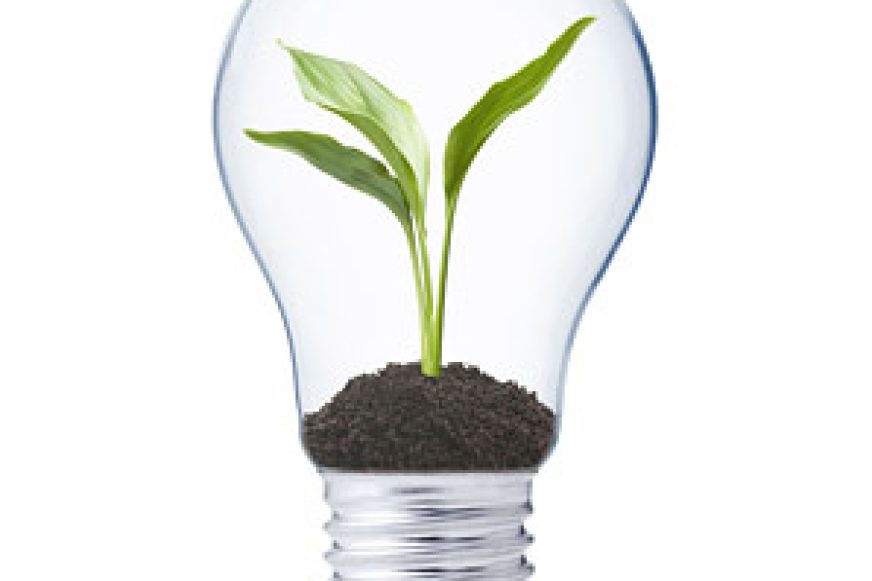So you’ve got your bills together and you know how much energy you’re using (and when). Now it’s time to start putting in place some energy reduction strategies to reduce the usage, and the costs. But where do you start?
Energy Efficiency Audits
Every business will be different, as will the best opportunity for energy savings, so there is no ‘one size fits all’ solution. Conducting an energy audit is the best way to identify what is using the energy in the business, and where the most effective, cost justified opportunities are. You could do this yourself with a bit of research, or commission a qualified energy auditor/assessor to do it for you.
Selecting the right energy auditor, like anything, can be daunting. Ask colleagues or friends for references, or look at websites and find someone who is transparent about the education levels of their team, is experienced, can provide reference sites and who gets back to you in a timely manner when you send in an inquiry.
For many, energy efficiency will start with conservation and include simple things such as:
- Ensure lighting is off in areas that are not in use
- Check lighting timers to ensure they are on/off at appropriate times
- Check heating/cooling timers and ensure they are set appropriately (on when the office opens, and off a set period after closing time). Make sure it does not come on over weekends if closed.
- Turning off computers and printers at the end of the day
Once you’ve implemented the above energy conservation measures, you can move onto other areas that might cost a bit of cash, but will provide payback in a reasonable time period. Items that generally provide good return on investment will vary depending on the business, but in offices upgrading old inefficient lighting to LED types is a no-brainer and payback is often under 2 years.
Other things that could be done to reduce energy use and save money will depend on the findings of an energy audit report. But the basics are reduce energy wastage, then reduce consumption.
So, conduct an energy efficiency audit and remove energy wastage first. The energy audit report will show you where to put your efforts going forward.
BTW – A good energy audit report will be written to AS/NZ 3598:2014 energy auditing standards and provide you with clear, prioritised, cost justified actions that are practical for your situation. Ensure you get this information, it will form part of your business planning and provide an action list for you going forward.
Remember, if you don’t know how much energy you’re using, and where it is all going, then you can’t effectively manage it. Energy management should form a part of every businesses business plan, just as the energy costs form part of a businesses annual budget.
Contact us if you’d like to know more about energy efficiency








